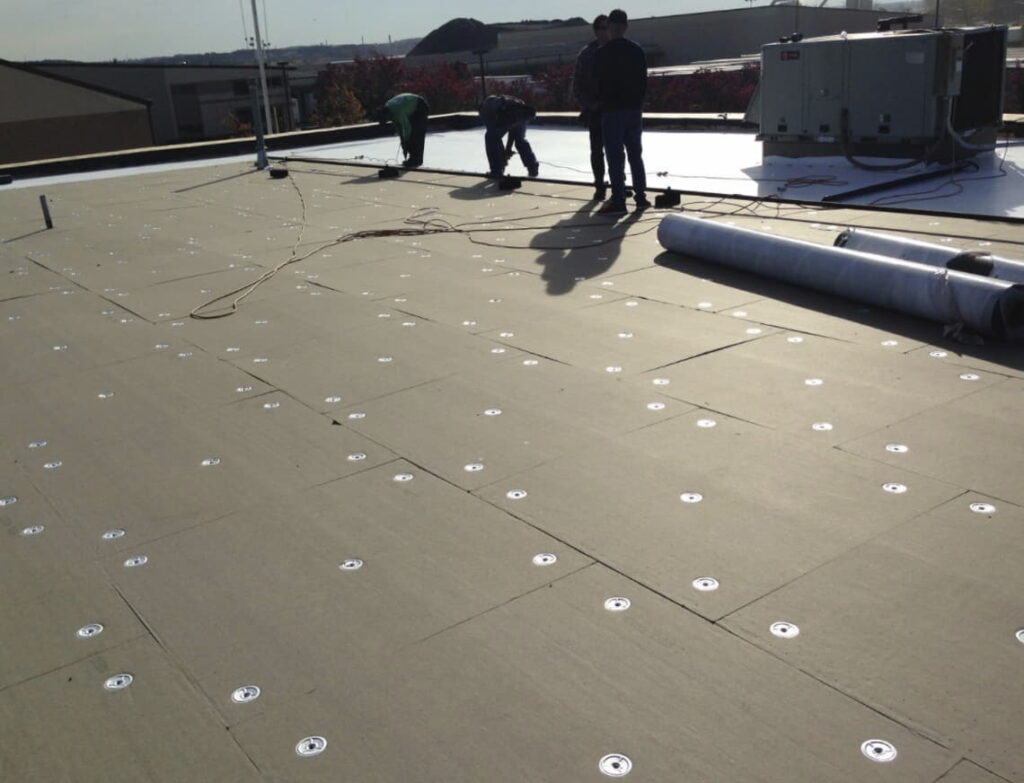In the realm of architectural design and construction, the flat roof has long been a popular choice for buildings due to its aesthetic appeal and functional benefits. However, with the advent of climate change and rising energy costs, the importance of efficient sloped insulation on a flat roof has come to the fore. In response to this, sloped insulation has emerged as a game-changing strategy that significantly influences roof dynamics.
Reimagining Insulation Strategies
Traditionally, flat roofing was insulated using parallel layers of insulating materials. However, the introduction of sloped insulation has revolutionized this approach. Adjusting the plane of the roof to a slight incline, facilitates the efficient flow of water, thereby reducing the risk of water accumulation and subsequent damage. Moreover, this innovative insulation method offers an additional layer of protection, enhancing the overall lifespan and durability of the roof.
Energy Efficiency and Environmental Impact
The basic principle of heat insulation in flat roofs involves creating a new air isolation layer under the sloping roof. This configuration dramatically improves thermal performance, leading to substantial energy savings. As buildings account for a significant portion of global energy consumption, such strategies can have a profound environmental impact.
Additionally, the use of materials like foam glass in the creation of the specified slope for flat roofings further amplifies the roof’s insulative properties. These materials are designed to withstand dynamic mechanical loads such as pedestrian traffic or small vehicles that frequently occur during construction.
The Market Dynamics of Flat Roof Insulation
The rising need for thermal performance and the role of insulation is reshaping the market dynamics of roofing. The demand for effective insulation strategies for building projects is on the rise, with stakeholders seeking solutions that balance cost-effectiveness with high performance.
Resisting the Elements: Wind and Fire
The application of sloped insulation in flat roofings also offers increased resistance to environmental factors such as wind suction. This is crucial in maintaining the structural integrity of the roof and ensuring its longevity.
In terms of fire dynamics, studies have shown that inclined insulating modules can lead to a substantial reduction in maximum temperatures measured within the insulation materials. This not only enhances the safety of the building but also protects the insulative layer from potential damage.
In conclusion, the impact of sloped insulation on flat roof dynamics cannot be understated. As we continue to seek solutions that align with our sustainability goals, this innovative approach to insulation is likely to play a pivotal role in shaping the future of construction and architectural design.

